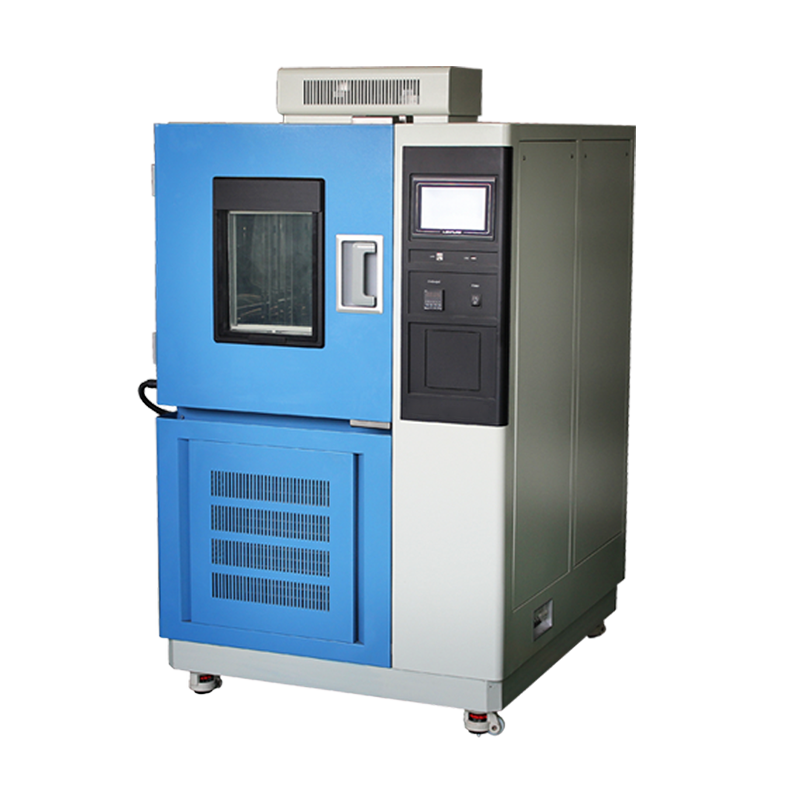In today’s highly competitive market, product quality has become the foundation of a company’s success. With technological advancements, consumer expectations for performance and reliability continue to rise—directly impacting brand reputation and market share. As a result, effectively evaluating and improving product reliability during R&D and production has become essential. Programmable temperature and humidity test chambers, as a key testing tool, play a vital role in assessing product reliability.
1. How Programmable Temperature and Humidity Test Chambers Work
These test chambers simulate various environmental conditions to evaluate the performance of materials, electronic components, and finished products under different temperature and humidity levels. By precisely controlling these factors, companies can replicate real-world usage scenarios in a lab setting. This testing method not only reduces product failures caused by environmental factors but also helps identify potential issues before market launch.
2. Why Testing Product Reliability Matters
Reducing Failure Rates:
Temperature and humidity testing helps companies pinpoint weaknesses in extreme conditions, enabling design improvements—especially critical for electronics, medical devices, and other high-tech products. Issues discovered during testing can be addressed through material adjustments, process refinements, or structural optimizations, ultimately lowering failure rates.

Enhancing Customer Satisfaction:
Product reliability directly impacts user experience. Products that undergo rigorous testing maintain stable performance across various environments, increasing customer satisfaction and loyalty. This not only drives sales but also strengthens brand reputation.
3. Real-World Success Stories
Many leading companies have leveraged temperature and humidity testing to enhance product reliability. For example, a major smartphone manufacturer used these chambers to thoroughly evaluate a new model’s performance under high heat and humidity before launch. The insights gained led to optimized waterproofing and thermal management, significantly improving user experience. The product, rigorously tested before release, received positive market feedback and saw strong sales growth.
4. Choosing the Right Testing Equipment
When selecting a programmable temperature and humidity test chamber, companies should consider factors such as temperature range, humidity range, control precision, and equipment stability. The right device ensures accurate test results, giving businesses a competitive edge.
Enhancing product reliability is a decisive factor in maintaining market leadership. Programmable temperature and humidity test chambers provide robust support for R&D and quality control, helping companies identify flaws, refine designs, and strengthen competitiveness. As a critical dimension of quality, reliability impacts not only corporate profits but also consumer safety and trust. Investing in high-performance testing equipment and establishing systematic testing processes lays a solid foundation for future success.












